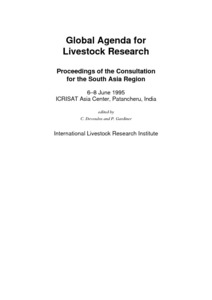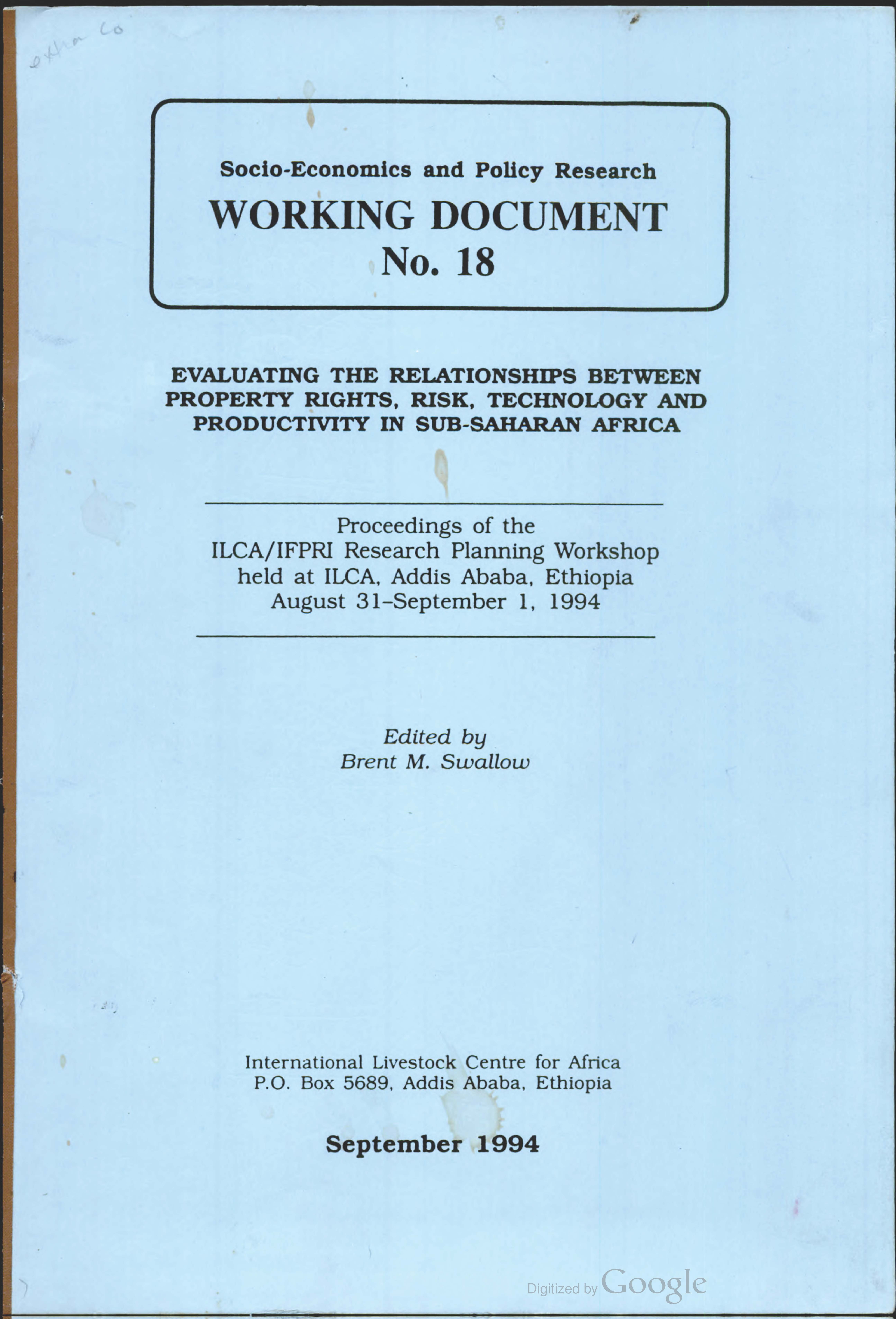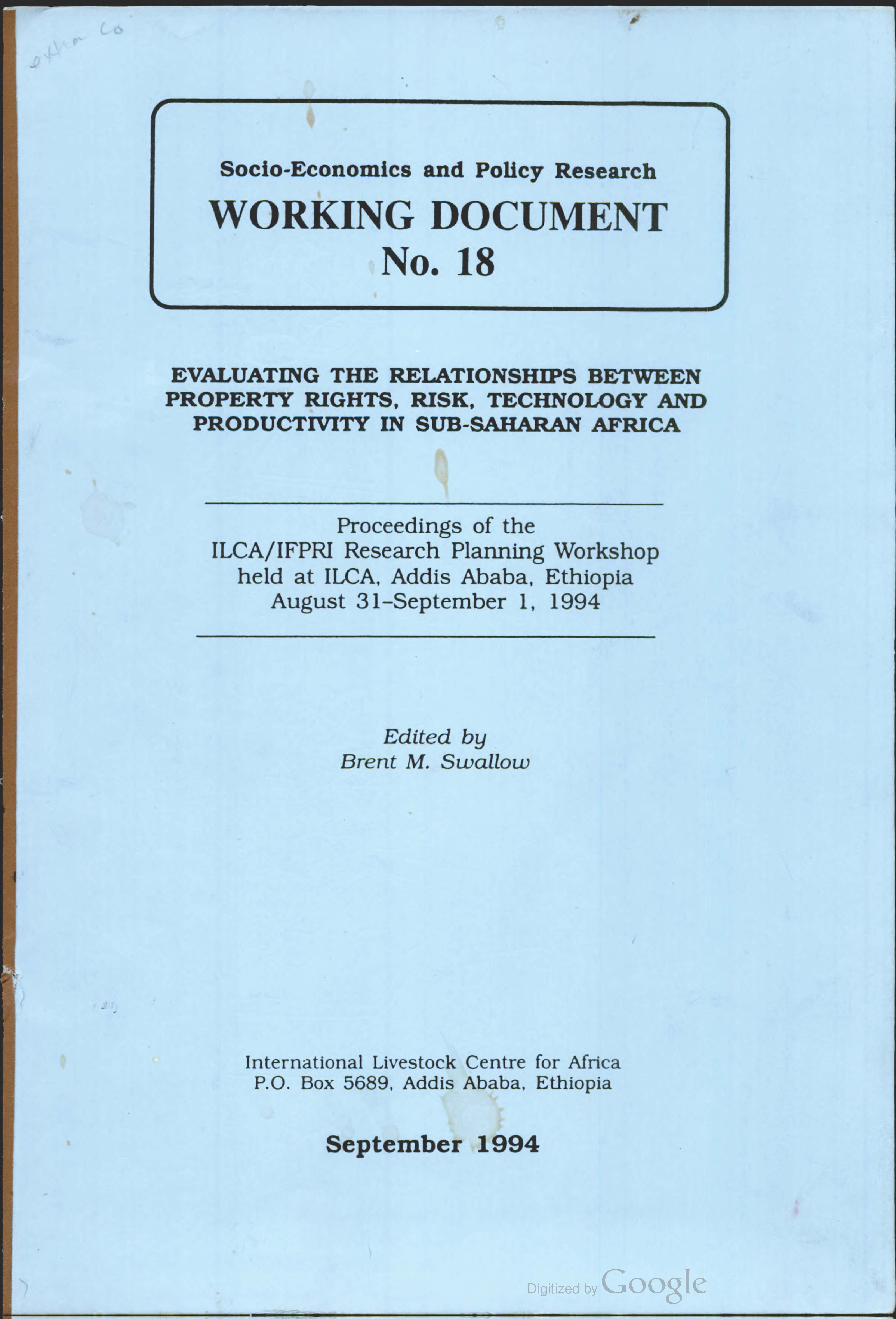Strategies for market orientation of small scale milk producers and their organisations. Proceedings of a worshop held at Mogororo Hotel, Mogororo, Tanzania, 20-24 March 1995.
National Workshop on Fisheries Resources Development and Management in Bangladesh - Bay of Bengal Programme
This is a weighty report of formidable bulk and understandably so. Rarely has a Workshop in Bangladesh or anywhere else been so comprehensive in mandate or assembled such an array of fisheries expertise. Why was the workshop held? Quite simply, to give effect to Bangladesh's vision of fisheries development and management, set forth in its Perspective Development Plan for 1995-2010.
Forest Management in Myanmar
Development of Forest Management: Management, Reservation, RegenerationWorking Plans, System of Management, Importance of Inventories in Forest Management, Plantations, Past Productions, Future Yield. Effect of Forest Management: Discussions, Conclusion, References. Discussion: Teak yield reduction in Myanmar is due to over exploitation especially in the accessible areas. This can be recovered by providing rest period and proper silvicultural operation. It is to be noted that plantation yields can be very high quantitatively and economically.
Global agenda for livestock research: Proceedings of the consultation for the South Asia Region
Report on a mission to Swaziland on measures for promoting collaborative agricultural research : 15 - 27 May 1995
The mission was in accordance with Programme Element 20.48 of the approved United Nations Regular Programme for Technical Cooperation for the 1994-1995 Biennium which calls for the provision of advisory services and training to member countries and inter-governmental organizations in support of their efforts at developing their agricultural support services.
ADB Agriculture and Natural Resources Research Policy
This Policy Paper identifies the role of agriculture and natural resources research (Chapter II); review the Bank's research experience (Chapter III); identifies the developmental issues and research challenges faced by the Bank (Chapter IV); indicates where research can contribute meaningfully (Chapter V); and concludes with recommendations on the priorities and approaches the Bank should adopt in supporting agriculture and natural resources research (Chapter VI).
Cattle breed preferences and breeding practices in southern Nigeria
Reports on completed and planned research to examine farmers' perceptions of different breeds, the discretion they exercise over breed composition, and the impacts of breed perceptions on breeding practices. ILCA has recently undertaken three household surveys that shed light on farmers' breed preferences and breeding practices. The survey results indicate that farmers' breed prortfolios are the outcome of dynamic processes that vary across farmers and environmental conditions.
Evolution of resource use and property rights under risk: Issues
Since September 1993, ILCA and IFPRI have been engaged in a discussion about the most important, researchable, issues in the area of property rights. A concept note has been developed for collaborative research on the evolution of resource use and property institutions under risk. The starting point or framework was the Boserup, McIntire (and others) model of gradual intensification. This model has been used in documents such as the Winrock Assessment of Animal Agriculture to predict paths of future development and recommend research to facilitate that development.
ILCA/LTC research on property rights and alley farming in West Africa
IITA developed alley cropping (also called hedgerow intercropping by ICRAF) in the mid 1970s to alleviate the problems of reduced soil fertility, reduced yields and soil erosion that were associated with population growth and reduced fallow periods. In the early 1980s this technology was adapted by ILCA to serve as a source of feed. On-farm research was conducted in two locations of South-West and South-East Nigeria. The locations differ in terms of population density, soil fertility, land tenure and typical farm layout.








